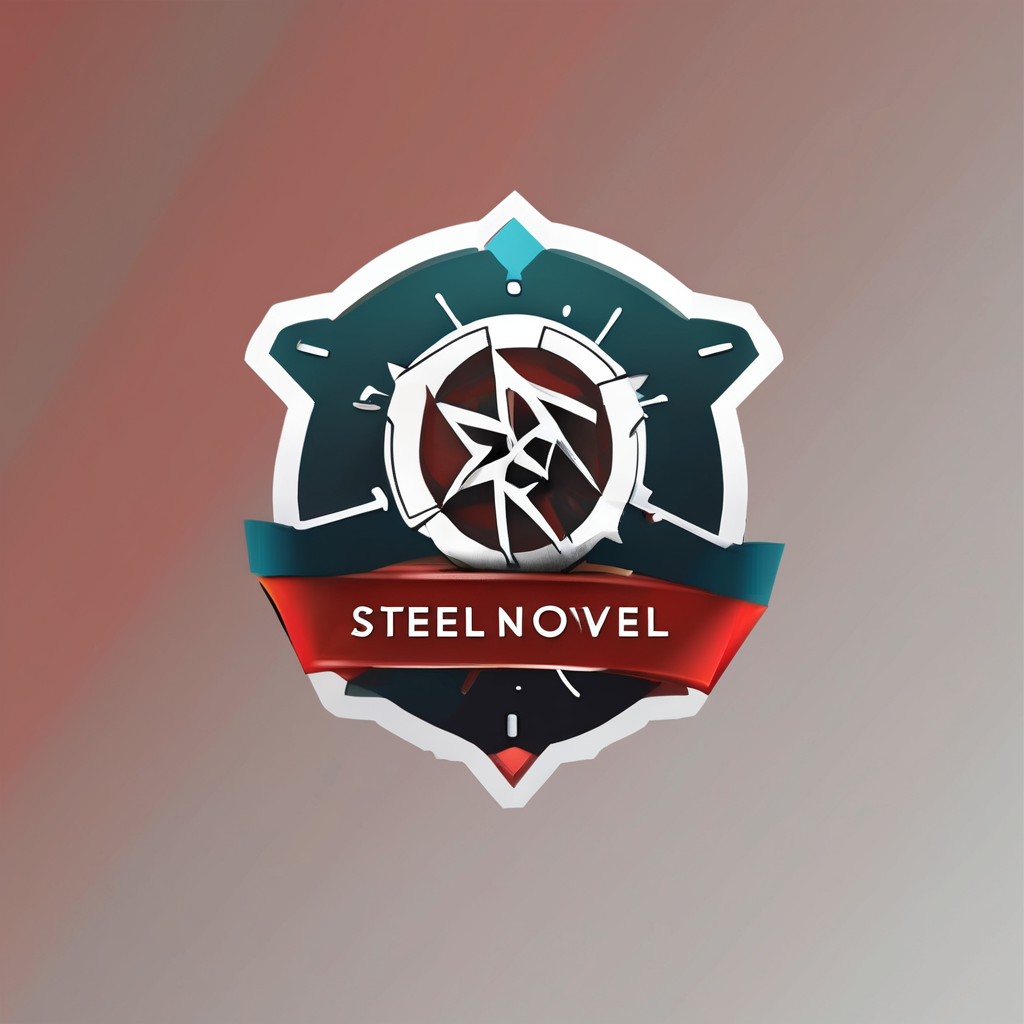Overview of 3D Printing in Jewelry Design
In recent years, 3D printing has emerged as a transformative force in jewelry design, seamlessly blending technology with artistry. This innovative approach allows designers to push the boundaries of creativity, crafting intricate and unique pieces that were previously unimaginable. Unlike traditional jewelry-making methods, which often require labor-intensive processes, 3D printing enables quick and precise fabrication, significantly impacting the production landscape.
Historically, jewelry design was limited by techniques that demanded extensive manual effort, such as casting, engraving, and hand-set stones. While these methods produced exquisite pieces, they lacked the flexibility and speed that modern design demands. The rise of 3D printing technology has revolutionized this scene, offering designers unprecedented opportunities to experiment with complex shapes and materials, previously thought impractical.
This might interest you : Unlocking the Future: Innovative Ways to Encourage UK Households to Adopt Renewable Energy Solutions
In the UK, the adoption of technology in jewelry has been particularly notable, with designers leveraging 3D printing for avant-garde collections. This shift not only caters to a growing consumer preference for bespoke and sustainable options but also reflects wider trends within the market, which is increasingly embracing technological impacts to keep pace with evolving consumer demands.
Advantages of 3D Printing for Jewelry Designers
3D printing offers numerous benefits in jewelry design, notably enhancing production efficiency. Unlike traditional methods that can be time-consuming, 3D printing allows designers to quickly transform digital models into physical pieces. This not only accelerates the design and manufacturing process but also enables rapid prototyping, facilitating more experimentation and innovation.
Topic to read : Key Considerations for UK Pharma Companies Venturing into Asian Markets: A Comprehensive Guide
Another significant advantage is the elevated level of customization. Jewelry designers can easily create bespoke pieces tailored to individual preferences with minimal cost and effort. The technology permits intricate designs without the need for complex manual techniques, thus fostering a greater range of creativity and personalisation in design.
Moreover, 3D printing is cost-effective, streamlining the jewelry-making process by reducing material waste. Traditional methods often result in excess material loss through carving or casting, whereas 3D prints use only what is necessary. This efficiency makes jewelry production both economically and environmentally sustainable. Additionally, with 3D printing, designers can easily adjust or modify designs without significant financial implications, thus reducing overall production costs and offering a more dynamic creative process.
Influential UK Designers Utilizing 3D Printing
In the realm of UK jewelry design, several vanguard designers are harnessing the power of 3D printing to redefine aesthetics and mechanics. These innovators stand at the forefront, integrating cutting-edge technology with traditional artistry to produce unique creations.
Spotlight on Designer A
Designer A exemplifies how 3D printing enhances the jewelry landscape, seamlessly incorporating advanced technology into their work. Signature pieces feature complex geometries impossible to achieve through conventional methods. By pioneering new techniques, Designer A has not only expanded the boundaries of creativity but also set new industry benchmarks. Their work has been met with great acclaim, underscoring the transformative impact of 3D technology on the jewelry sector.
Spotlight on Designer B
Designer B approaches 3D printed jewelry with a focus on bold experimentation and innovation. Their key collections showcase distinct features such as geometric precision and material versatility. Feedback from both customers and industry experts highlights the elegance and innovation of their designs, promoting further exploration of 3D technology within the field.
Emerging Talents in 3D Printed Jewelry
As the industry evolves, emerging designers have embraced 3D printing to craft novel concepts and designs. This fresh vision shapes the future of jewelry, offering a glimpse into sustainable, innovative pathways driven by these newcomers. As they continue to gain recognition, their impact on the market becomes increasingly significant.
Future Implications of 3D Printing in Jewelry
In the evolving world of jewelry design, 3D printing holds a significant promise for the future. The next decade is poised to witness remarkable advancements. We anticipate the technology becoming even more accessible, allowing more designers to explore its potential. Future of jewelry design will likely focus more on rapid prototyping and personalized customization, responding to the growing demand for bespoke items.
However, with these advances come challenges. One potential hurdle is ensuring the adoption of new technologies by designers who might be hesitant due to the learning curve or initial costs. Overcoming this requires education and showcasing tangible benefits. Moreover, integrating 3D printing technologies with sustainable practices is crucial. As consciousness about environmental impacts grows, sustainability in production will not only be preferred but expected.
Ethical practices will also play a pivotal role in shaping industry standards. Designers must ensure that their methods are responsible not just economically but ethically. The fusion of technology trends with ethical and environmental considerations will guide the jewelry industry’s future, making it a fascinating arena for innovation.
Case Studies and Successful Examples
In the UK jewelry market, case studies have highlighted the transformative impact of 3D printing in crafting innovative designs. This technology has redefined best practices, enabling designers to achieve unprecedented heights in creativity and efficiency. One standout example involves a renowned UK-based brand that adopted 3D printing to produce a limited edition line. By leveraging this technology, they achieved intricate patterns previously impossible through traditional methods.
These innovative designs exemplify the harmonious marriage of artistry and technology. Such case studies highlight key lessons for designers eyeing 3D printing. For instance, maximizing production efficiency without sacrificing quality has emerged as a critical success factor. Designers have found that 3D printing facilitates rapid iterations, offering flexibility and room for experimentation.
Visual examples from these projects underscore the potential for creating complex structures that maintain aesthetic appeal and structural integrity. Some designs integrate hybrid materials, showcasing the best practices in the industry. They emphasize the practicality of 3D printing, where intricate details can be consistently replicated. Through these successes, the jewelry market in the UK unveils a future directed by bold creativity and technological synergy, inspired by successful implementations.
Expert Opinions on 3D Printing’s Role in Jewelry
The integration of 3D printing technology in jewelry design has sparked insightful discussions among industry experts. These professionals underscore the critical role of technology in revolutionizing design processes. According to leading industry analysts, the significance of 3D printing lies in its ability to enhance creative expression while maintaining precision and efficiency.
Experts highlight that this technology empowers designers by breaking traditional constraints. For example, it enables the creation of complex geometries and intricate patterns that would be labor-intensive and time-consuming through conventional methods. The lasting impact is manifested in the enhanced potential for customization, catering to consumer preferences for personalized, unique jewelry pieces.
In an analysis of current trends, experts predict a continued upward trajectory for 3D printing within the industry. This forecast signals a harmonious collaboration between technology and craftsmanship, with an emphasis on streamlined production processes and reduced environmental impact. As the industry evolves, the importance of fostering symbiotic relationships between new technologies and traditional artistry becomes even more apparent, propelling the jewelry sector into a future of innovation. Industry veterans stress the necessity for ongoing education and adaptation to fully leverage the opportunities presented by 3D technologies.


